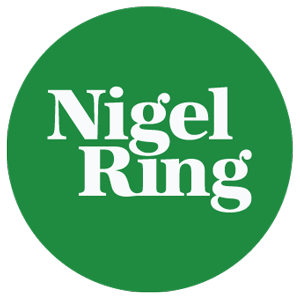 Writing emails
Writing emails
Continuing the section on writing emails it is self evident that you are writing them so that they are read. How can you help your reader?
2. Subject line
If I receive an email I want to know what it is about; ‘Hi!’ is not a very helpful subject line.
- Give the topic or, if more than one, list them 1…. 2….
- Consider whether you can get the whole message into the subject line eg “Can you give me an update on the schedule you are preparing?” It may not be necessary to put any text in the body of the email and you will (hopefully!) get a quick reply.
Tip 2
Make the subject line work for you. Think carefully about how you word it.
3. Less = More
People are busy and you must arrest the reader’s attention. Emails that are very wordy are a recipe for the reader to ‘put it aside until I have time’, which may be never.
It is good to start with a personal greeting but don’t make this long-winded.
Once you address the content be brief and focussed. If a lot of text is require consider either attaching a separate document with the detail, or even using the phone to talk through the detail.
If the email covers several topics be sure to use numbering for easy reference as the conversation develops. Alternatively (preferably?) send separate emails for each topic so that the subject line accurately reflects the topic. This is particularly helpful if a thread of emails is likely to develop on any one of the topics.
If it is necessary to write a long email covering several inter-related issues I suggest a summary at the beginning – ‘This email is to seek your response on 1… 2…. 3….’ – or at the end – ‘In summary, these are the actions I hope you are able to take: 1…. 2…. 3….
Tip 3
Be as brief as possible without losing necessary content.
4. Presentation
To be faced with a large block of text makes my heart sink! Presentation is important – don’t be tempted to think that an email is just a quick note and does not require care in presentation. Its all about getting the reader to read it!
Here are a few ways to help you achieve that:
- Use an attractive typeface
- Have short paragraphs
- Don’t be afraid of space – put a line between each paragraph.
- Use bullet points to help highlight different topics/sub-topics
- Be careful how you present emphasis/emphasis/EMPHASIS/emphasis. Use it sparingly – TOO MUCH EMPHASIS is COUNTER PRODUCTIVE and LOSES the IMPACT.
Tip 4
Make reading your emails a pleasant experience
Next time I will give another three tips to help you write effective emails.
